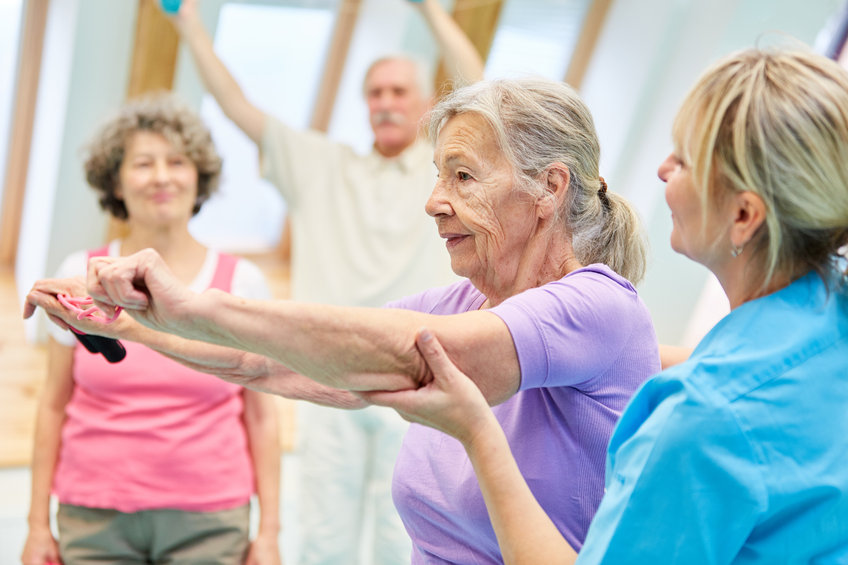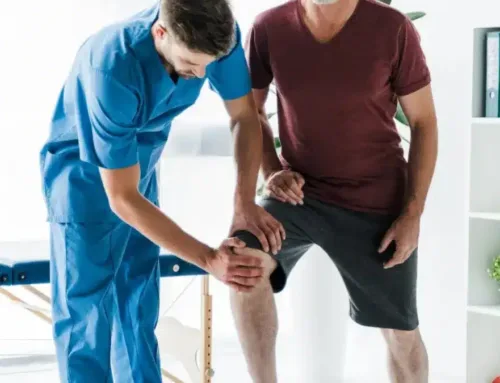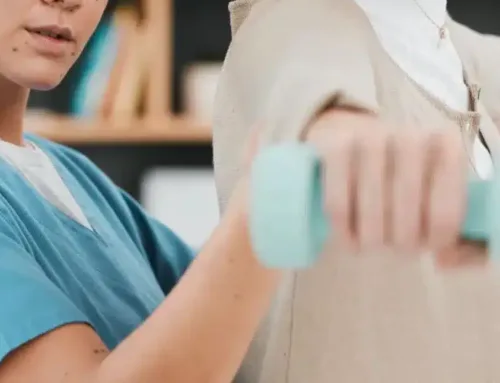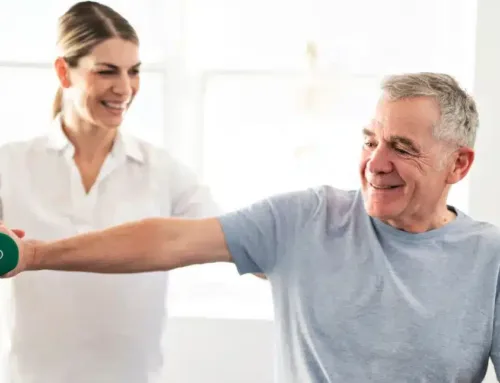Summary Nordisk Terapi AS, SINTEF Health Research, selected key professionals and three municipalities, Arendal, Bærum and Lunner, have carried out the pilot project “Active rehabilitation and training of elderly people”. The Norwegian Industrial and Regional Development fund (SND) has supported the
project. During the pilot project we have:
• Investigated the needs for active rehabilitation and training of elderly people in connection with fractures, brain strokes and other chronic conditions
• Established co-operation between the health care sector, industry and research institutes as well as contact with the National Insurance Administration (RTV)
• Carried out seven basic training courses for professionals on the use of TerapiMaster
• Worked out a project proposal for the development of new concepts for active rehabilitation for elderly people based on S-E-T (Sling Exercise Therapy)
Traditionally there has been a lack of resources in the rehabilitation field, but now the need for development in the rehabilitation field seems to be recognised. Professionals emphasise that rehabilitation must be a priority because rehabilitation represents an investment in future possibilities and results. The parliamentary document on rehabilitation and subsequent follow-up shows that the Norwegian authorities are working towards increased focus on rehabilitation and in particular the users’ own active participation in the process.
Co-operation across services is vital, giving the elderly a holistic rehabilitation process, starting off with surgery, moving on to treatment in the nursing home, training in the physiotherapy clinic and finally transfer to the users home. Such a complete concept, combined with thorough user training is important in order to feel safe and motivated for making the effort to exercise. The complete concept depends on close co-operation between all involved parties, mainly nursing staff and physiotherapists. In Lunner municipality, the pilot project has showed how using TerapiMaster can be a link between different health care services thus exchanging professional points of view andimproving collaboration in the rehabilitation process.
The pilot project, in particular the investigation into needs, and the parliamentary document, points out the need for further training and follow-up of health service personnel. Furthermore there is a need for a long-term strategy on development of expertise and research in the rehabilitation field. It is also evident that there is a need for better documentation regarding the benefits and effect of alternative rehabilitation methods. The results of active training must be documented and made public to the users themselves, to professionals, local health care services and the authorities. Practical examples of cost/effect analysis indicate that a reasonable investment such as S-E-T with TerapiMaster combined with training and active follow-up can increase functional ability and quality of life thus representing a saving for society by means of reduced costs in connection with various forms of care.
Health care personnel have responded with many positive experiences using the S-E-T concept and TerapiMaster in connection with treatment and training together with patients and also as a means to relieve the therapist. The summary states: “Practical examples of cost-benefit analyses indicate that a reasonable
investment such as S-E-T using the TerapiMaster combined with instruction and active follow-up, can increase the level of functioning and quality of life and save society considerable outlays for institutionalization and care.” An article about this project appeared in Geriatrix. This report is available only in Norwegian.





